My Inventions - The Autobiography of Nikola Tesla, Book Summary | (Mon 25 Nov 2024 14:12)
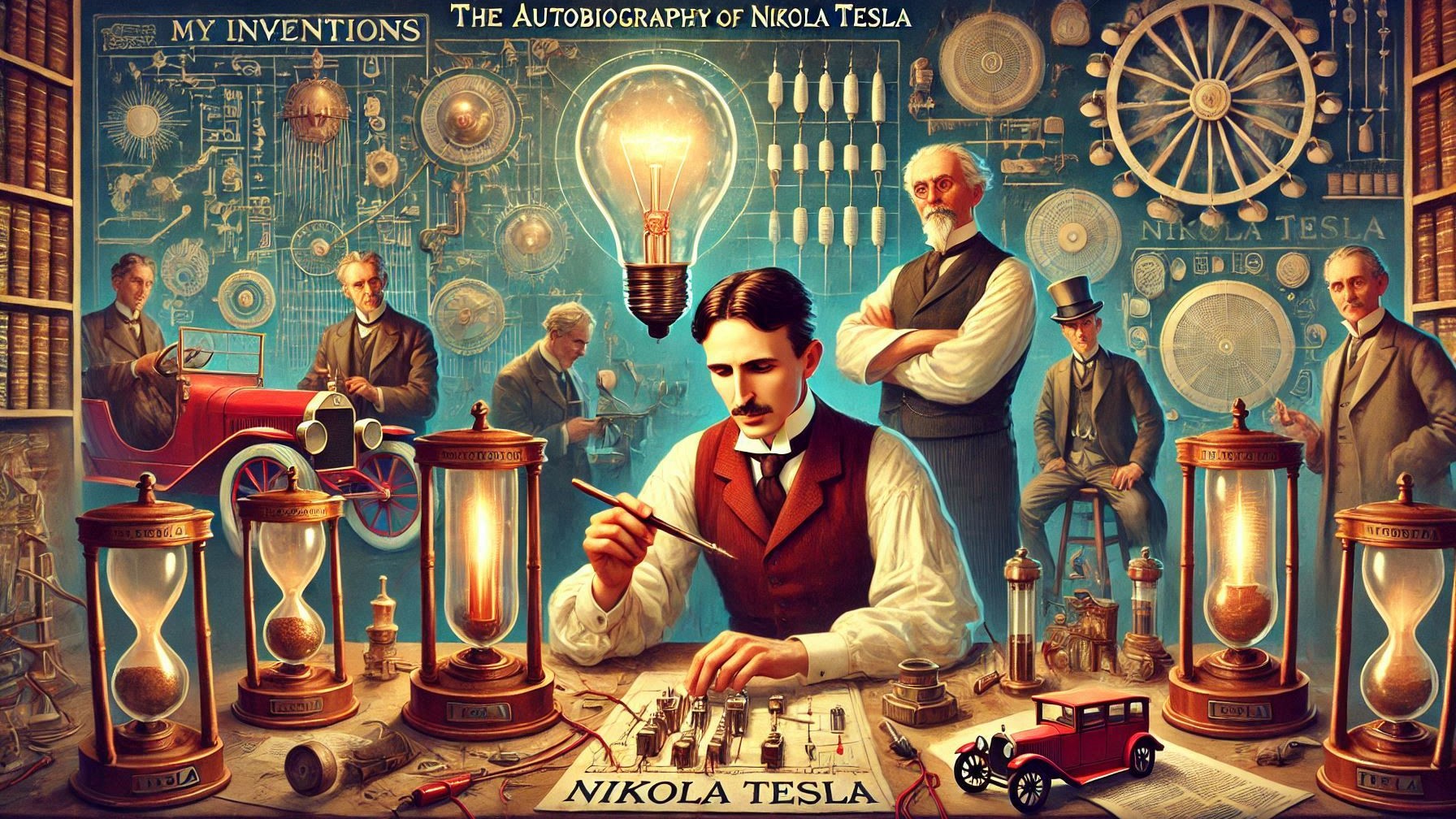
Summary of My Inventions - The Autobiography of Nikola Tesla
Nikola Tesla’s autobiography, My Inventions, is a fascinating first-hand account of the life and thoughts of one of the greatest inventors and electrical engineers in history. The autobiography was originally serialized in Electrical Experimenter magazine in 1919. Through his writing, Tesla provides deep insights into his early life, intellectual development, and the key inventions that shaped modern electrical engineering.
Early Life and Education
Tesla begins his narrative by recounting his childhood in Smiljan, which was part of the Austrian Empire at the time of his birth in 1856 (now in Croatia). His father, a priest, had hoped for him to follow in his footsteps, but Tesla was drawn to the sciences from an early age. He describes his early fascination with electricity and how this curiosity intensified as he grew older.
Tesla was an exceptionally gifted student, excelling in mathematics, physics, and engineering. He entered the Technical University at Graz in Austria at the age of 17, where he studied electrical engineering. His education was marked by moments of brilliance, but also by some personal struggles, including a difficult relationship with his father, who did not understand his son’s obsession with invention.
At Graz, Tesla began developing his early ideas for alternating current (AC) systems, though it was still in its infancy. He also showed an ability to concentrate deeply, often working through problems obsessively, which later became characteristic of his creative process.
Work in Europe
Tesla’s early career began in Europe, where he worked for various companies and institutions. He took a job with the Budapest Telephone Exchange in 1881, and later worked with the Continental Edison Company in Paris. During this time, he honed his skills in electrical engineering, particularly in the areas of induction motors and alternating current.
Tesla’s break into the United States came in 1884, when he emigrated to New York. He describes his journey to the U.S. and his initial work with Thomas Edison, one of the most famous American inventors of the time. While working with Edison, Tesla was tasked with improving Edison’s direct current (DC) electrical systems. However, Tesla grew increasingly dissatisfied with Edison’s methods, which he believed were inefficient. This difference in philosophy would eventually lead Tesla to break away and pursue his own ideas.
The Birth of the Alternating Current (AC)
In America, Tesla made some of his most significant discoveries. His work on the alternating current system, which could transmit electricity over long distances more efficiently than the direct current system Edison was championing, became a major turning point in the development of electrical power systems.
Tesla’s innovative work in AC involved the invention of the induction motor, which utilized alternating current and was far more efficient than DC motors. He developed a system of electrical power generation, transmission, and distribution that could power entire cities, which became the foundation of modern electrical grids. Tesla went on to patent several key technologies, including the polyphase alternating current system, which was later adopted by the Westinghouse Electric Company.
Tesla’s AC system was put to the test during the "War of Currents," a battle between Edison, who supported DC, and George Westinghouse, who backed Tesla’s AC system. The conflict culminated in the installation of the first major AC power plant at Niagara Falls in 1895, a project that was based on Tesla’s designs. The successful completion of this project helped to establish alternating current as the standard for electrical power transmission.
Other Notable Inventions and Discoveries
Beyond AC power, Tesla made numerous other groundbreaking contributions to science and technology. He developed the Tesla coil, a device capable of producing high-voltage, high-frequency electricity, which has become an iconic symbol of his work. Tesla also experimented with wireless transmission of electricity and envisioned a world where energy could be transmitted wirelessly to any location.
In addition to his electrical work, Tesla made significant contributions in the fields of radio, remote control, and X-ray technology. Although Guglielmo Marconi is often credited with the invention of radio, Tesla had developed many of the foundational principles of wireless communication years earlier, and he was later awarded the patent for the invention of radio in 1943, after his death.
Tesla’s vision extended to the idea of harnessing the energy of the earth itself. He dreamed of creating a system that would provide free, unlimited power by tapping into the Earth’s natural electromagnetic fields. His attempt to create such a system culminated in the construction of the Wardenclyffe Tower on Long Island, which he envisioned as a global wireless power transmitter. Unfortunately, due to financial difficulties and the lack of backing from investors, the project was never completed.
Personal Life and Philosophy
Throughout the autobiography, Tesla reflects on his personal life, his work ethic, and his relationships with other famous scientists and inventors. He discusses his tendency toward solitary work and his deep commitment to his inventions. Tesla was known for his eccentricities and obsessive nature. He often worked for days without sleep, immersing himself in his thoughts and experiments.
Tesla was a complex individual, who saw himself as both a man of science and a visionary. He believed that science and technology should be used for the betterment of humanity. He often expressed his belief that inventions like wireless power and new energy sources could lead to a utopian society. At times, however, he became disillusioned with the world around him, particularly with how his ideas were commercialized or ignored.
One notable aspect of Tesla’s life was his lack of interest in material wealth. Despite his groundbreaking inventions, Tesla struggled financially throughout his life. His inability to secure consistent funding for his projects led to periods of poverty, and many of his most ambitious ideas were never fully realized.
Tesla’s relationship with Thomas Edison, whom he admired for his inventiveness but disagreed with in terms of philosophy, is a recurring theme in the autobiography. Tesla acknowledges Edison’s contributions but criticizes his conservative approach to scientific progress. Tesla also recalls his personal interactions with other notable figures of the time, such as industrialist J.P. Morgan and financier George Westinghouse.
Legacy and Vision for the Future
In the final sections of My Inventions, Tesla reflects on his legacy and the potential for future scientific advancements. He was highly optimistic about the future of technology and believed that humanity was on the cusp of a new age powered by clean, abundant energy sources. Tesla’s vision for the future included the widespread use of wireless communication, the development of renewable energy sources, and the creation of a global network of interconnected technology.
Tesla was also prophetic in his predictions about the role of machines in society. He foresaw the rise of automation, artificial intelligence, and the increasing importance of scientific research in shaping the future of civilization. However, he also expressed concern that humanity might misuse the very technology that could lead to progress.
Despite his struggles and the setbacks he faced, Tesla was unbowed in his belief that science and technology could change the world for the better. His autobiography ends on a note of optimism and hope for the future, underscoring his enduring belief in the power of human ingenuity.
My Inventions is not just an autobiography but also a window into the mind of a brilliant inventor who reshaped the world. Tesla’s contributions to electrical engineering, wireless communication, and technology are immeasurable, and his legacy continues to inspire engineers, scientists, and innovators today. Through his writing, Tesla offers a glimpse of his extraordinary intellect and his unwavering belief in the potential of science to improve the human condition.
Tesla’s autobiography is also a testament to the challenges he faced, both personally and professionally, as well as his enduring commitment to pursuing his scientific vision, regardless of the obstacles. It is a must-read for anyone interested in the life and work of one of history’s most innovative minds.
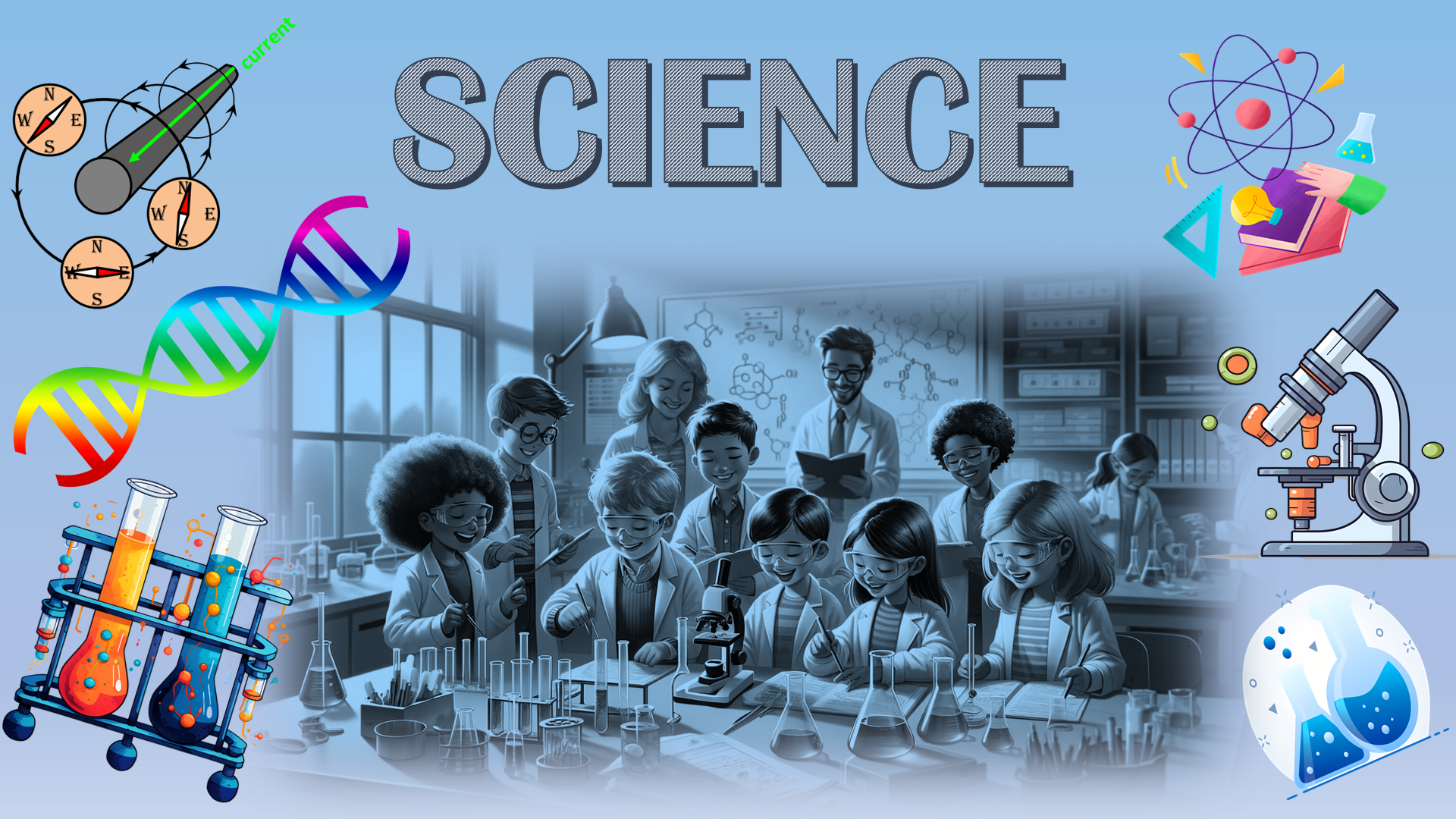
Physics, Chemistry, Biology and Geography.
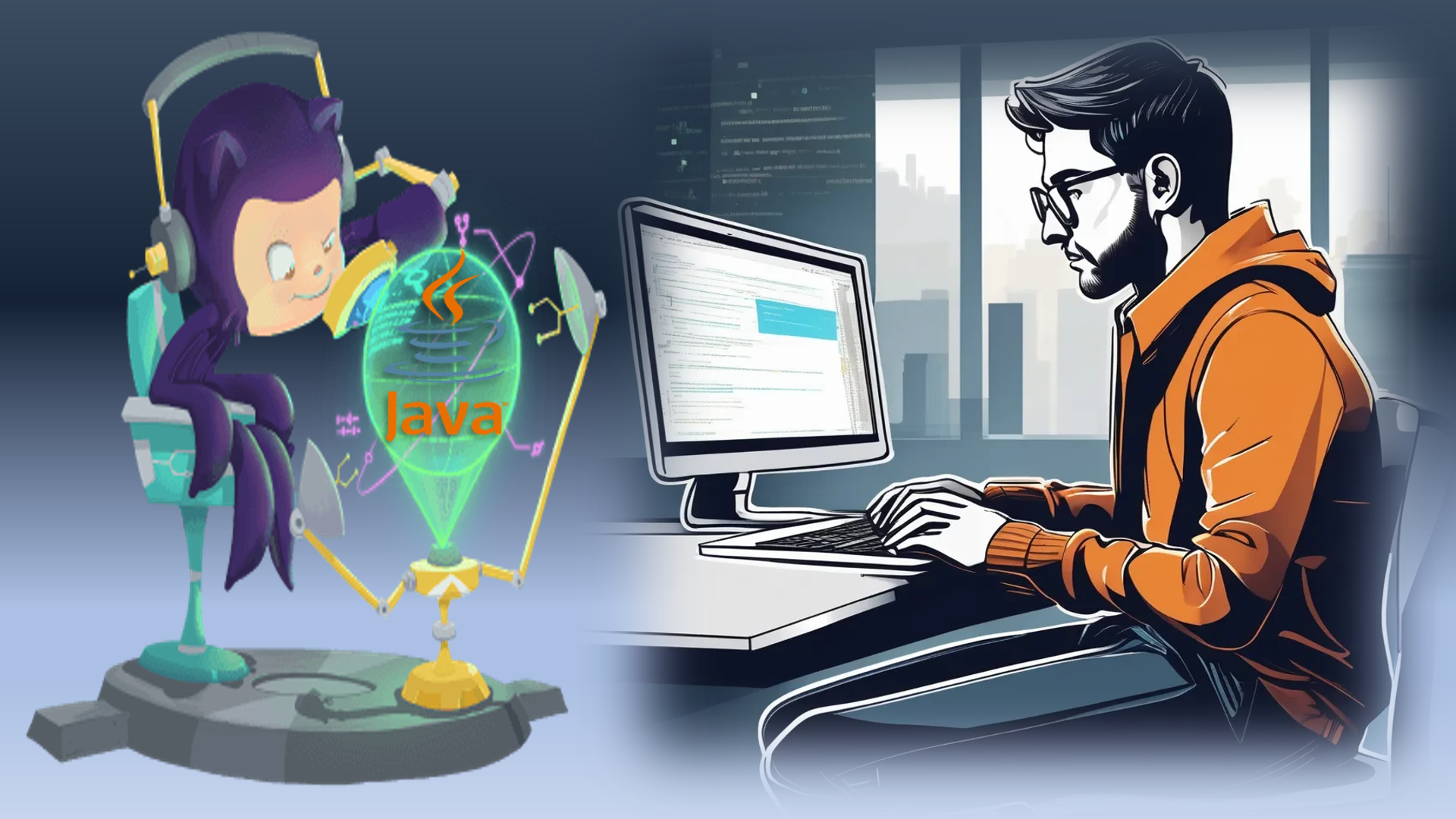
Computer Programming, languages & their frameworks.
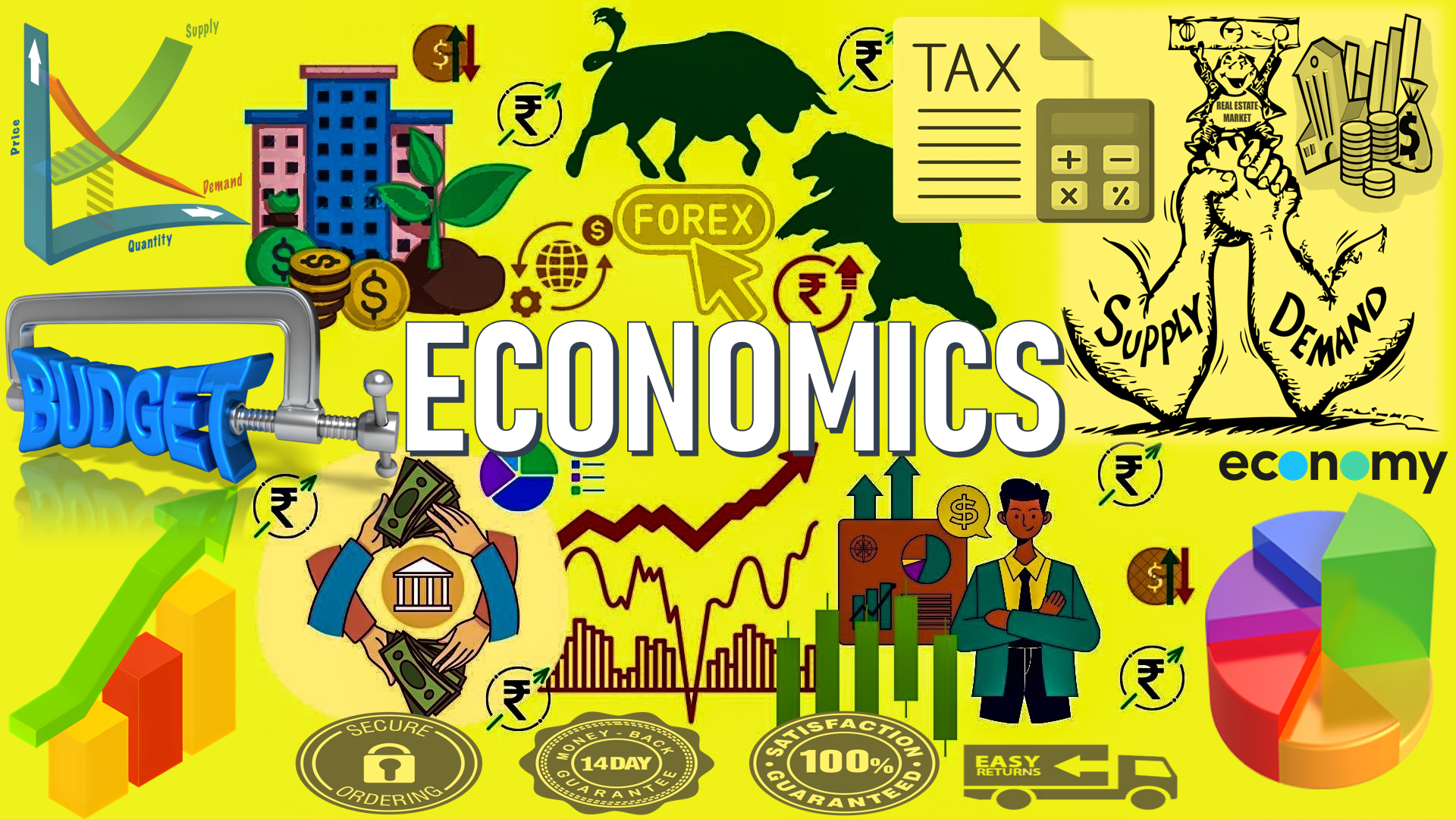
Economics, Accounts and Management.

Reviewing old and new books.
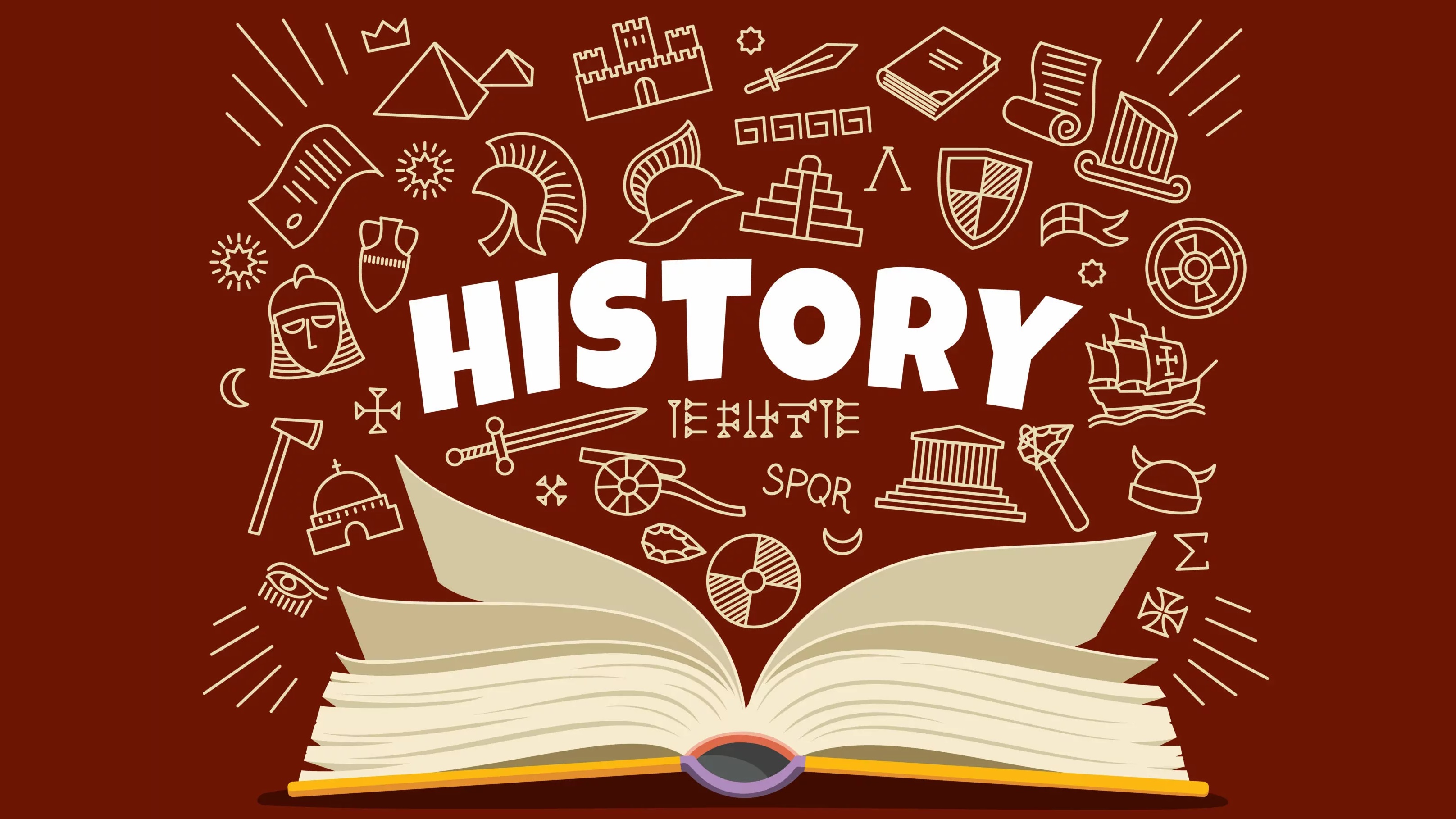
Ancient, Medieval, Modern, World History.

Indian Constitution, Politics, Policies, etc.
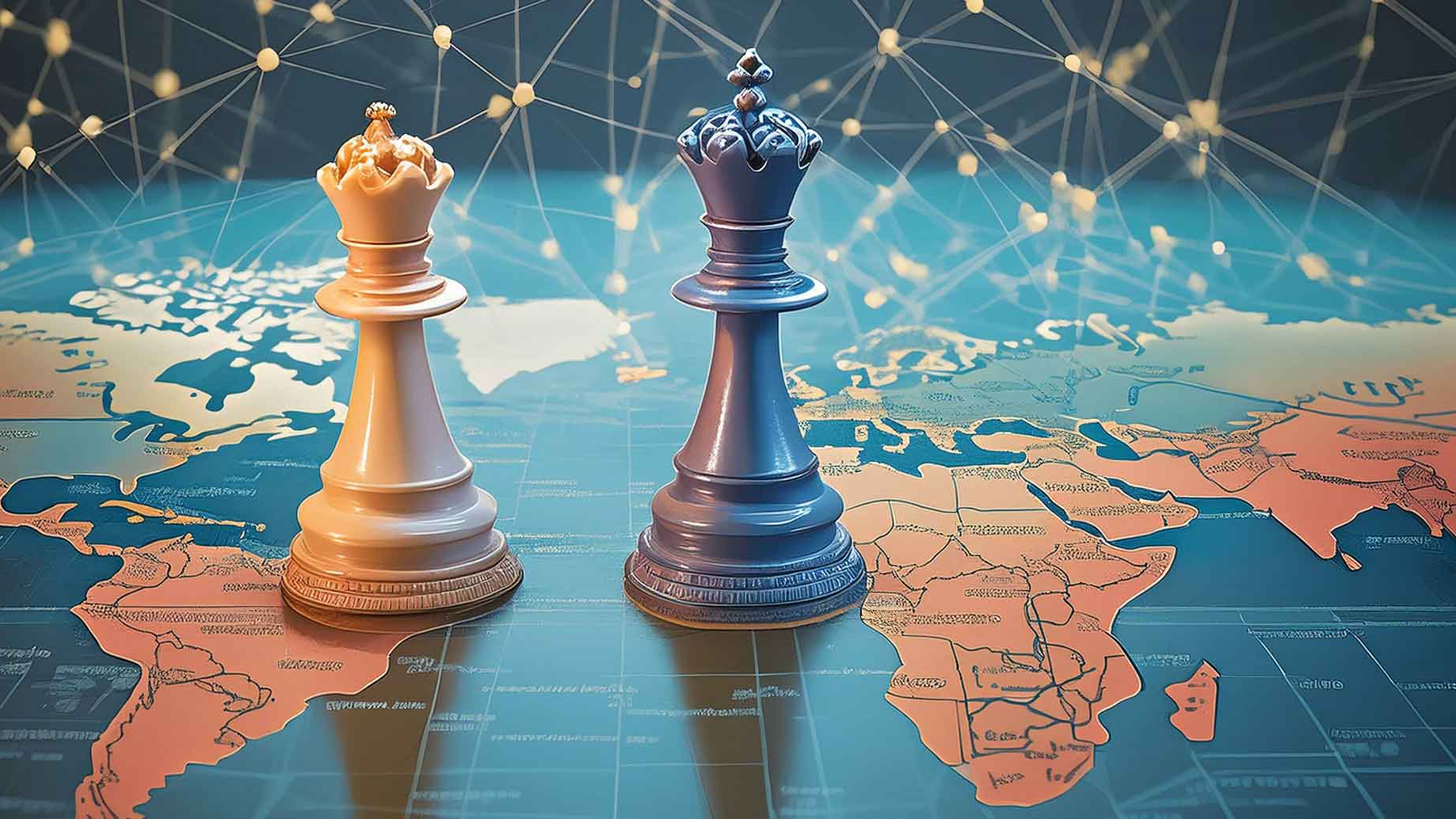
Everything related to International Affairs.
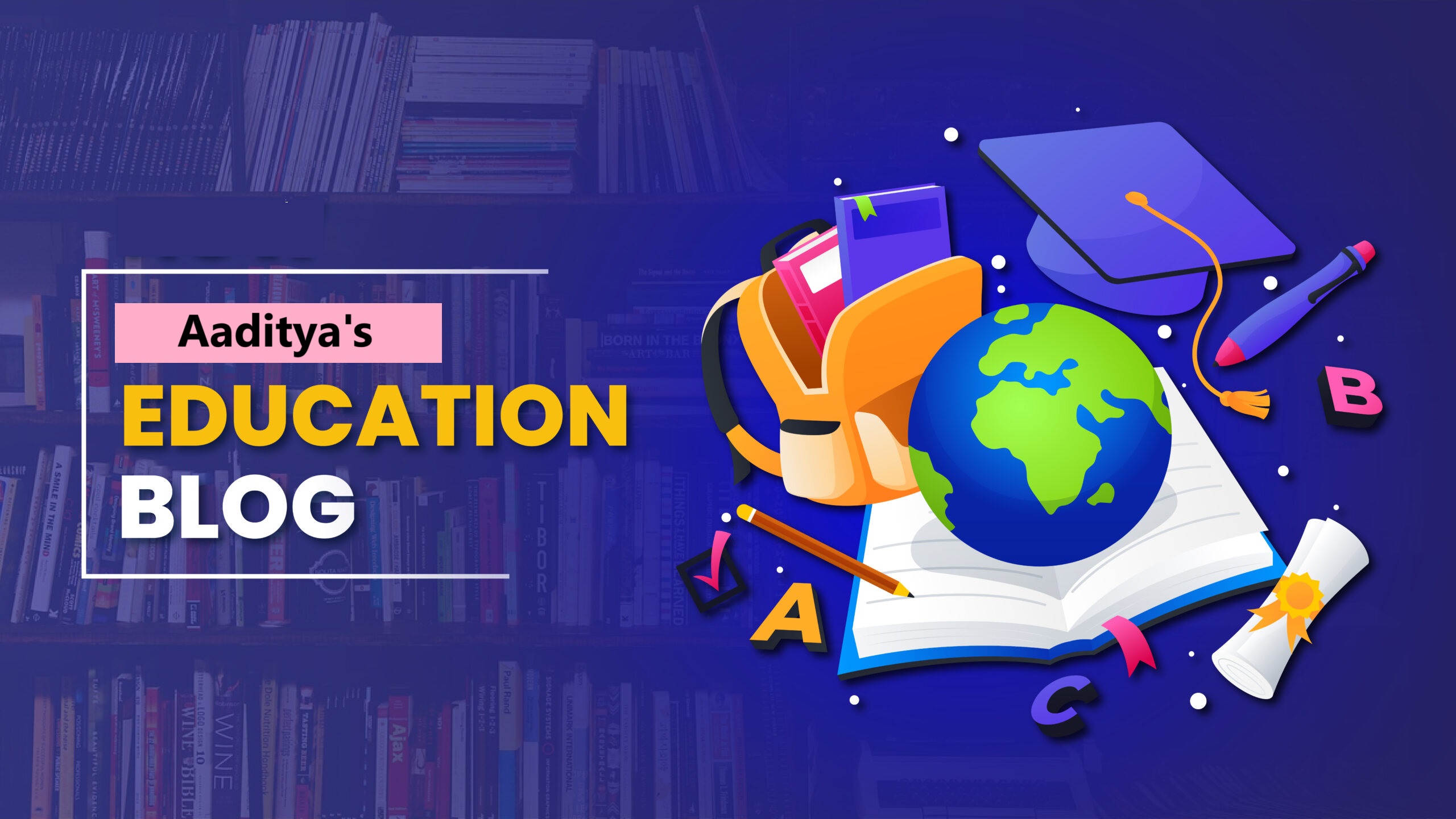
For all humanities topics, except History & Polity.

Anything related to entertainment industry.

Mainly Cricket but other sports too.
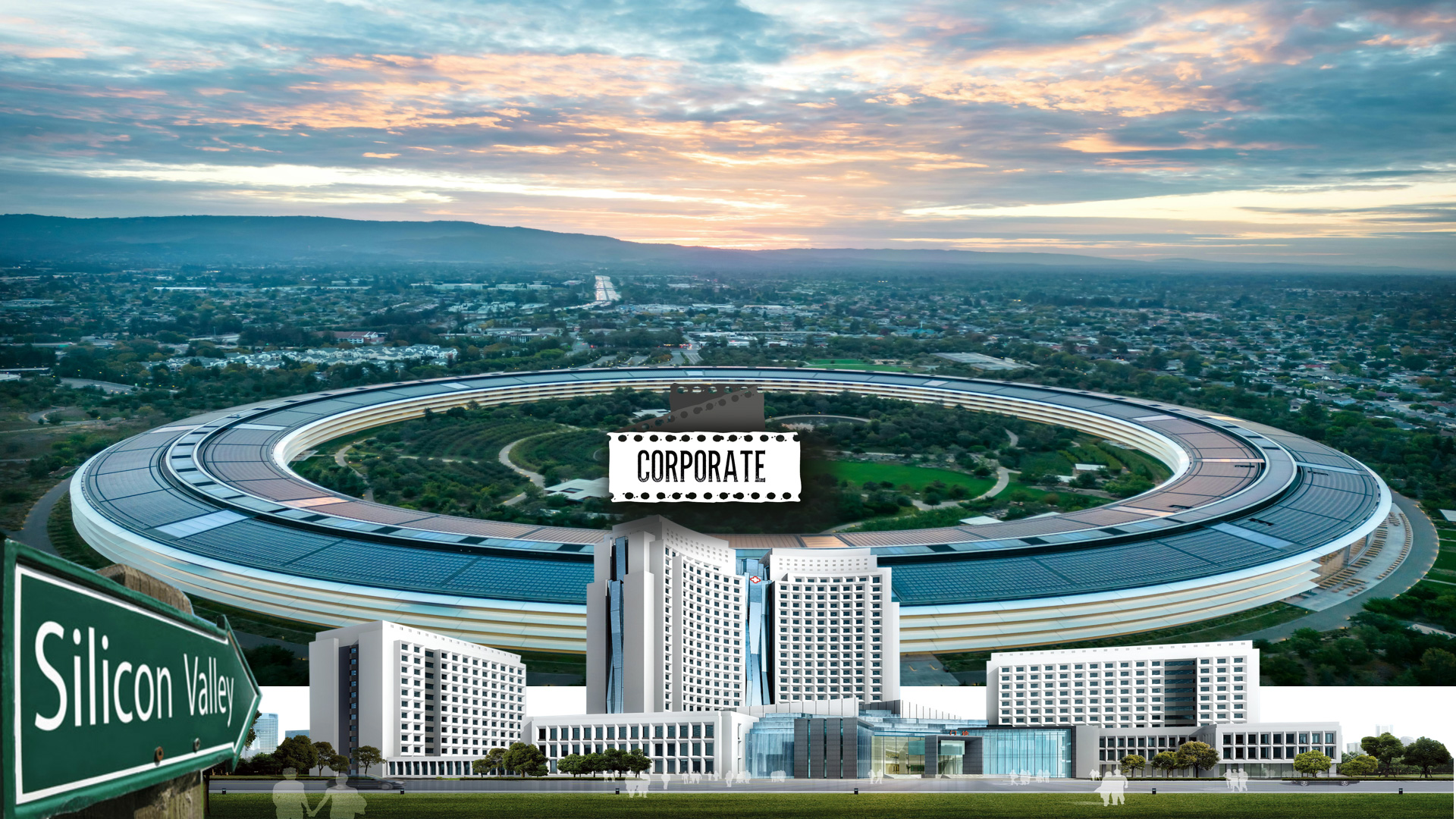
CS, IT, Services & Corporate Sector.
Comments
No comments yet. Be the first to comment!
Leave a Comment